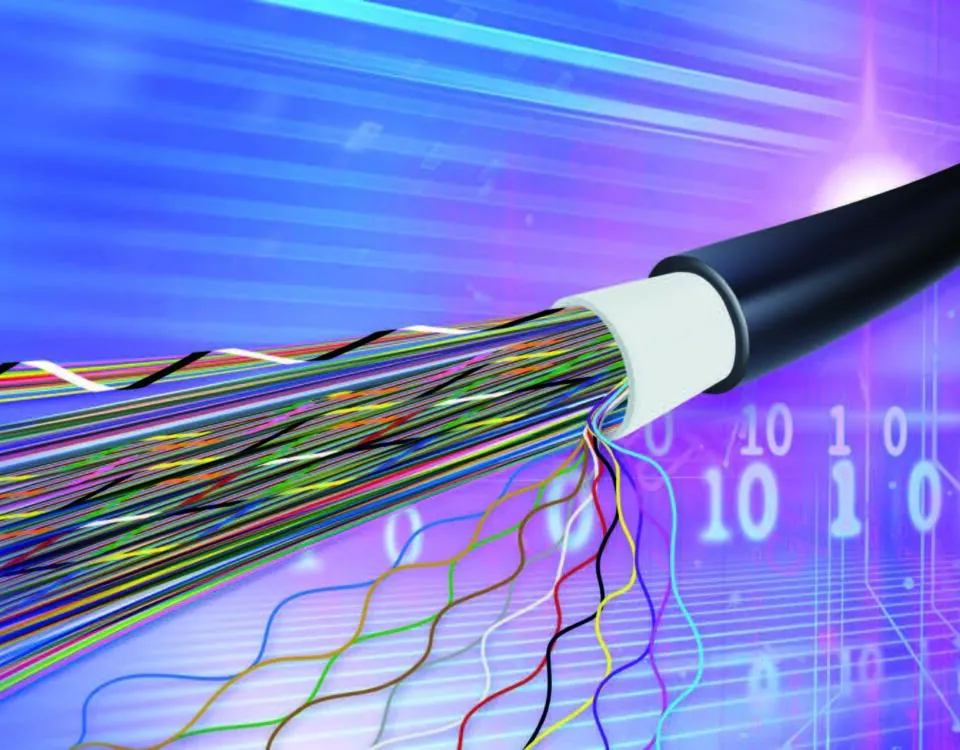Furukawa Solutions specialist explains why this connectivity technology (based on Fiber Optics) is essential to make the leap in quality that the world requires, at lower costs and reducing environmental impact.
FTTH (Fiber To The Home) is the only technology capable of solving today’s connectivity needs and preparing the infrastructure to solve the challenges of the future, allowing among other things the advancement of 5G, IoT, Edge Computing and the Metaverse; to reach households with high-speed Internet and to further advance the digitization of industry, healthcare and commerce.
In recent years, FTTH has experienced exponential growth. Engineer Lucas Samyn from Furukawa Solutions explains: “Increased demand for bandwidth and better connectivity are among the main motivators driving the expansion and development of FTTH networks around the world. Telecom operators and Internet Service Providers (ISP) face the daily challenge of modernizing their access networks to provide customers with quality Internet”.
Data from the Fiber Broadband Association (FBA), highlights that at the end of 2021, the top 18 Latin American countries registered 103 million homes connected with Fiber Optics (FTTH/FTTB), which translates into an increase of 29% year-on-year. Subscriptions grew 47% to reach 46 million[1].
In the same vein, SMC+ estimates that between 2021 and 2026 there will be an annual compound growth of 8.9% in the number of connected homes on the Continent, and 15.3% in terms of subscriptions. At the same time, by 2026, household connection access will reach 59%.
Cybersecurity and climate change are two of the biggest perceptions of risk globally. In that sense, Fiber Optic Internet connections are more secure than traditional ones, providing greater protection against cyber threats, while the networks of this technology generate 60% less carbon emissions than copper-based networks[2].
Other key advantages of FTTH networks are[3]:
– They are prepared for the growing demand for bandwidth.
– They support Triple Play (Data, Voice and Video).
– They do not require active equipment throughout the outside plant fiber optic network.
– They are easy to install and have a low maintenance cost.
– Higher quality and stability in data transmission.
– Immune to external interference.
– Fusion, connected and preconnectorized topologies.
– Potential for future growth and expansion, without the need to upgrade the infrastructure.
When implementing an FTTH network[4], Lucas Samyn of Furukawa Solutions explains that “infrastructure planning is key, because any detail left out of the calculation can impact the cost of the project.”
In this regard, he recommends estimating certain variables such as: the initial number of subscribers and growth potential; future network expansion needs; thinking about the design and rollout in terms of customers and service consumption potential; and working with quality, professional and reliable manufacturers of optical connectivity technologies.
[1] https://www.bnamericas.com/es/reportajes/que-se-espera-para-el-mercado-latinoamericano-de-fibra-optica-en-2023
[2] https://dplnews.com/mwc23-la-fibra-optica-es-la-tecnologia-mas-verde-y-sostenible/
[3] https://www.furukawalatam.com/es/solucion-furukawa-detalles/ftth-fbs





